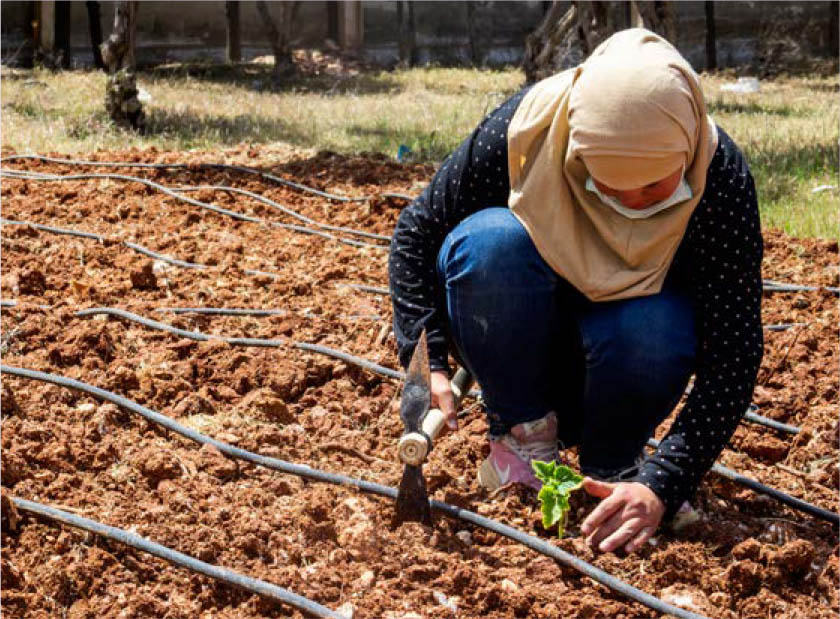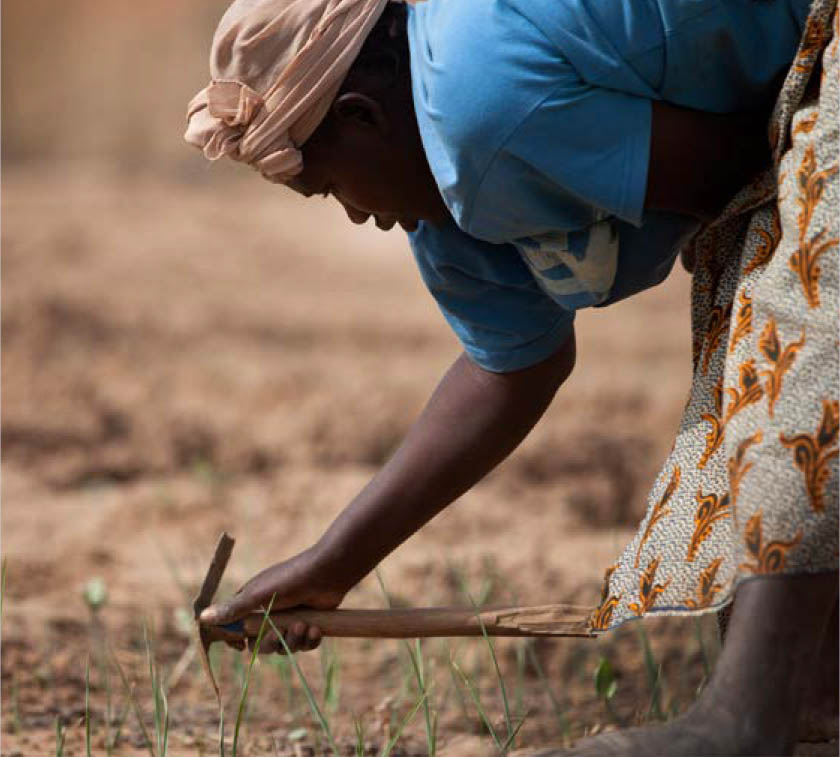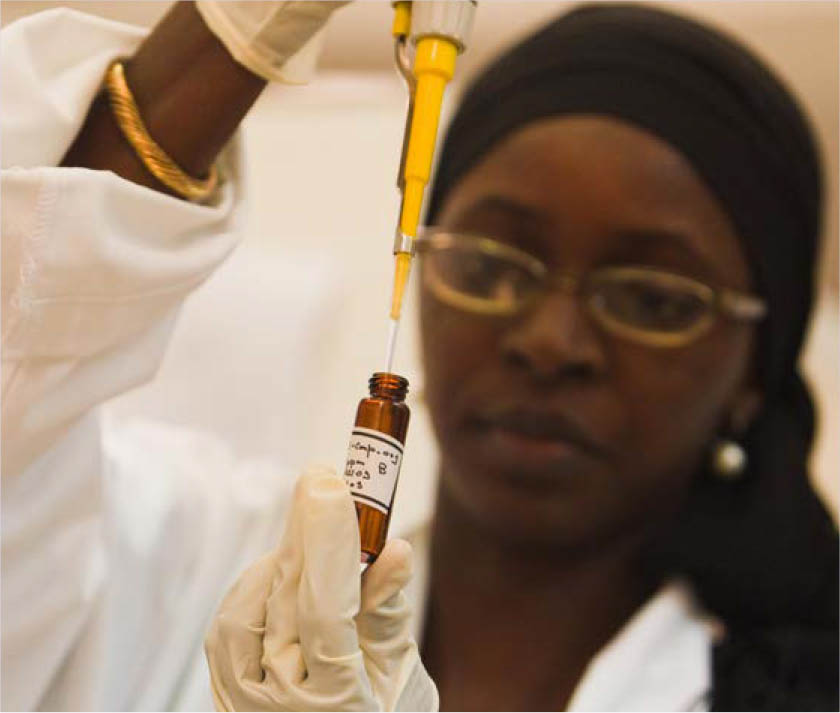4 Responses to Risks and Actions
4.4 Action area IV: Investing in long-term sustainability
Rethinking investments in agriculture is needed to support integrated land and water resources management in rainfed and irrigated agriculture and to focus on policy coherence. The high costs of degradation and inaction highlight the urgency to increase investments in sustainable land, soil and water management and in restoring degraded ecosystems, including viable land and water management technologies, integrated landscape approaches in priority river basins and ecosystems at risk. Emerging events following the advent of COVID-19 in early 2020 also need to be part of future investments, as they have exposed vulnerabilities in global supply chains that are still playing out.
The main scope of international investment in agriculture sectors has included agricultural development and governance, irrigation and drainage improvement, water resources management, climate change and, to a lesser extent, land and soil resources management. Many projects also seek to improve agribusiness, have an ecological or environmental focus, or focus on poverty alleviation and community development. Conventional funding has aimed to maximize agricultural efficiency and find competitive advantage, which has meant that in land- and water-scarce areas in particular, food self-sufficiency has been given a priority lower than that of producing exports of high-value crops.


Investments are therefore needed to move from infrastructure solutions and increasing production to sustaining productivity of rainfed and irrigated systems through improved governance, integrated interventions at scale and innovation in management and technology.
Investment in integrated interventions at scale shows great promise, and can be supported through innovative financing and incentive mechanisms. Public investment can help to develop capacities across producer associations, regulators and applied research. An effective land and water governance framework that mobilizes responsible investments and promotes the adoption of innovative management and technology in concert with sustainable land and water practices is a realizable goal. It requires understanding trade-offs among sectors, conflicts between land and water use for agriculture, forests and urban needs, and the urgent need to curb GHG emissions, through avoiding deforestation and enhancing carbon sequestration.
Investments from the private sector need to complement investments from development banks and environmental funds. Governments can encourage consumers, non-governmental organizations and businesses to adopt responsible investments towards land and water management and sustainable food and agriculture systems.
Farmers and local communities are also key investors when productivity gains help sustain livelihoods and improve income levels. Incentivizing farmers to become investors in sustainable land and water management can bring all-round environmental benefits. However, they will need support from innovative financing and instruments that reconcile production and environmental management. Instruments that support community-based land and water productivity improvements, small-scale infrastructure and access to microcredit are all likely to be effective.
Finally, it should be stressed that complementary investment is needed in data and information management to improve connectivity among all producers, markets and regulators. Investment in innovative technologies and research is also needed, particularly in renewable energy systems and genetic applications. Early warning systems and performance monitoring will also improve on-farm decision-making, while information on adverse environmental and social impacts will help guide responsible investment.


